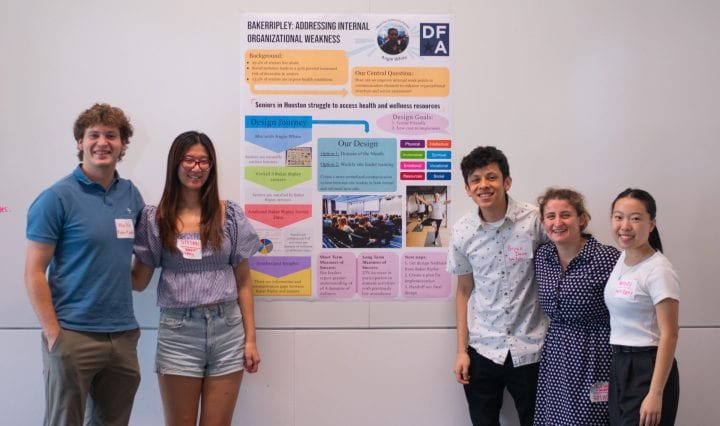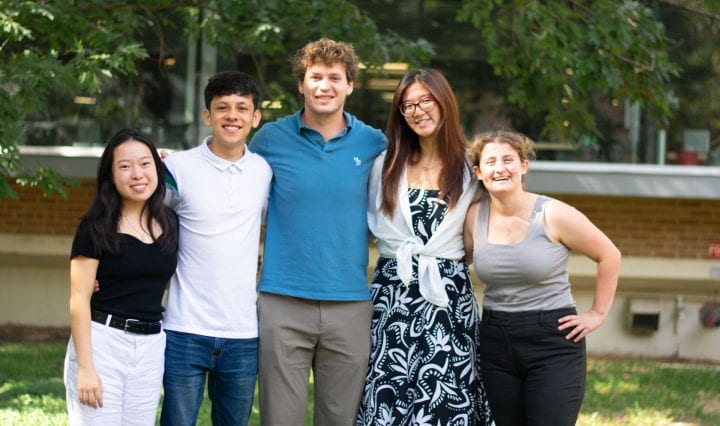When contemplating the problem we aimed to solve, we successfully refined our focus through discussions with our community partner and visits to Baker Ripley sites. Based on the information acquired, we determined that our primary goal would be to reduce the communication gap among Baker Ripley staff members, enhancing the internal system and, therefore, generating a positive impact for senior users. Throughout the solution development phase, we consistently guided ourselves with our “How can we” statement, ensuring that our proposed solutions were practical and directly addressed the identified problem. Our approach to generating solutions primarily involved individual brainstorming to prevent … Continue reading Ideate: Team Baker Ripley

